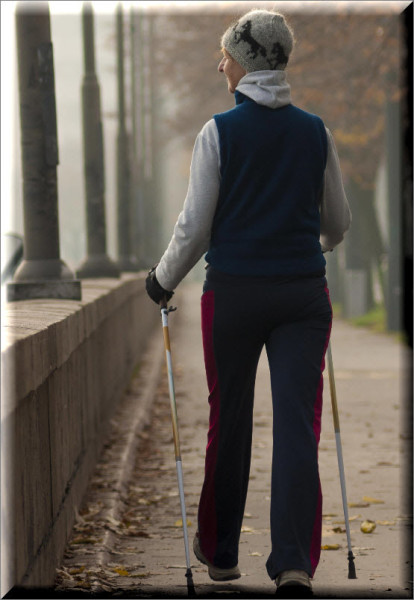Exercise and Physical Activity for Seniors
Posted in Exercise and Physical Activity for Seniors, Health
The Importance of Preserving Your Health as You Age
Staying active with regular exercise is an important part of preserving your health, especially as we age. Exercises designed to improve balance, strength, endurance and flexibility can not only help older adults avoid injuries in their day-to-day activities, but also provide a great reason to get out of your house and stay active in your community.
At SelectCare Home Care Services of NY, we often hear questions about what exercises seniors can safely perform, and with the New Year upon us, we decided it would be a great time to help everyone with their New Year’s resolutions for a fit and happy 2016.
Before you throw on your gym clothes, remember that these tips and resources are meant as general information to get you started. We recommend you speak with your doctor or one of SelectCare’s RN Nurse Supervisors to develop a fitness routine tailored for your needs and abilities.
The following information has been adapted from the National Institute on Aging’s Everyday Exercise Guide, which I recommend you read in full – just think of it as exercise for your eyes!
The Basics: Exercise and Physical Activity
The National Institute on Aging recommends two main ways to stay fit.
Exercise is any activity you perform with the express purpose of improving your body. The NIH recommends everyone spends at least 150 minutes a week performing some type of exercise, be it walking, lifting light weights or any of the other activities listed below.
Physical Activities might not seem like traditional exercise, but the NIH says that an active day spent running errands, gardening, or performing any other activities that get your body moving can have a huge impact in your overall energy levels, while also strengthening your body.
Four Types of Exercises for Seniors
Exercise improves our abilities in four major categories and each category helps preserve our health in a different way.
- Endurance: Endurance-focused exercises are things like walking, jogging, swimming or even dancing. These activities improve your cardiovascular health and make it easier to stay active as you age. Early on, you will probably want to keep this exercise limited to 10 minute increments and slowly build up these stretches as your abilities improve.
- Strength: Even minor improvements to your body’s strength can have a big impact on day-to-day activities like climbing stairs and carrying groceries. Short sets of exercise with light (1 or 2 pound) weights or a resistance band are a great way to start. Just be sure to allow for lots of rest time between exercises to avoid injury.
- Balance: No one likes to take a fall, and that goes doubly so for older adults, at least 300,000 of whom are hospitalized with fall-related broken hips every year. Improving your balance with lower-body strength exercises is a great way to prevent falls and help you stay independent. These exercises can be simple, like standing on one foot or heel-to-toe walking, or can take the form of more organized activities like Tai Chi or a dance class.
- Flexibility: Maintaining a good range of motion with your arms, legs, back and neck will not only make it easier to perform day-to-day activities, but help you avoid the “aches and pains” many associate with growing older. Basic stretches for your shoulders and upper arms are a good place to start, as are calf stretches.
Getting Started
As many New Year’s resolution-makers can attest, changing your routines to include exercise and physical activity can be the hardest part of getting in shape. The following tips can help get you started in your first weeks of 2016:
Start small Setting out a huge exercise routine and performing it once or twice is not going to preserve your health. In fact, overexertion could have the opposite effect, leaving you sore and uninterested in following up with future exercise. Try to initially limit exercise to 10 minute stretches throughout the day.
Work exercise into your schedule Everyone has downtime throughout the day, or a recreational activity they fall back on when there is nothing else to do. Rather than immediately going for your television’s remote control or picking up a novel, try to make a habit of performing 10 minutes of light exercise before “settling in” to your favorite seat.
Limber up! This tip is especially important for people who have not exercised in a long time. The NIH guide provides great tips on how to make sure your body is ready for exercise. Stretching out your arms, legs, neck and back might look silly at first, but limbering up the parts of your body you plan to exercise go a long way in preventing injury.
Have fun! They call it “working” out, but exercise shouldn’t feel like torture. Try to find physical activities you enjoy, or find a friend who is also interested in getting more exercise. Cycling, dancing, tennis, or even the bending and stretching that comes with a good round of bocce could be just what the doctor ordered.
SelectCare is a home health care agency dedicated to keeping older New Yorkers healthy, happy and independent, and our staff of home care experts applauds everyone who chooses to stay active this year. To learn more about how our services can help you keep your resolutions for a healthy 2016, call us today!
